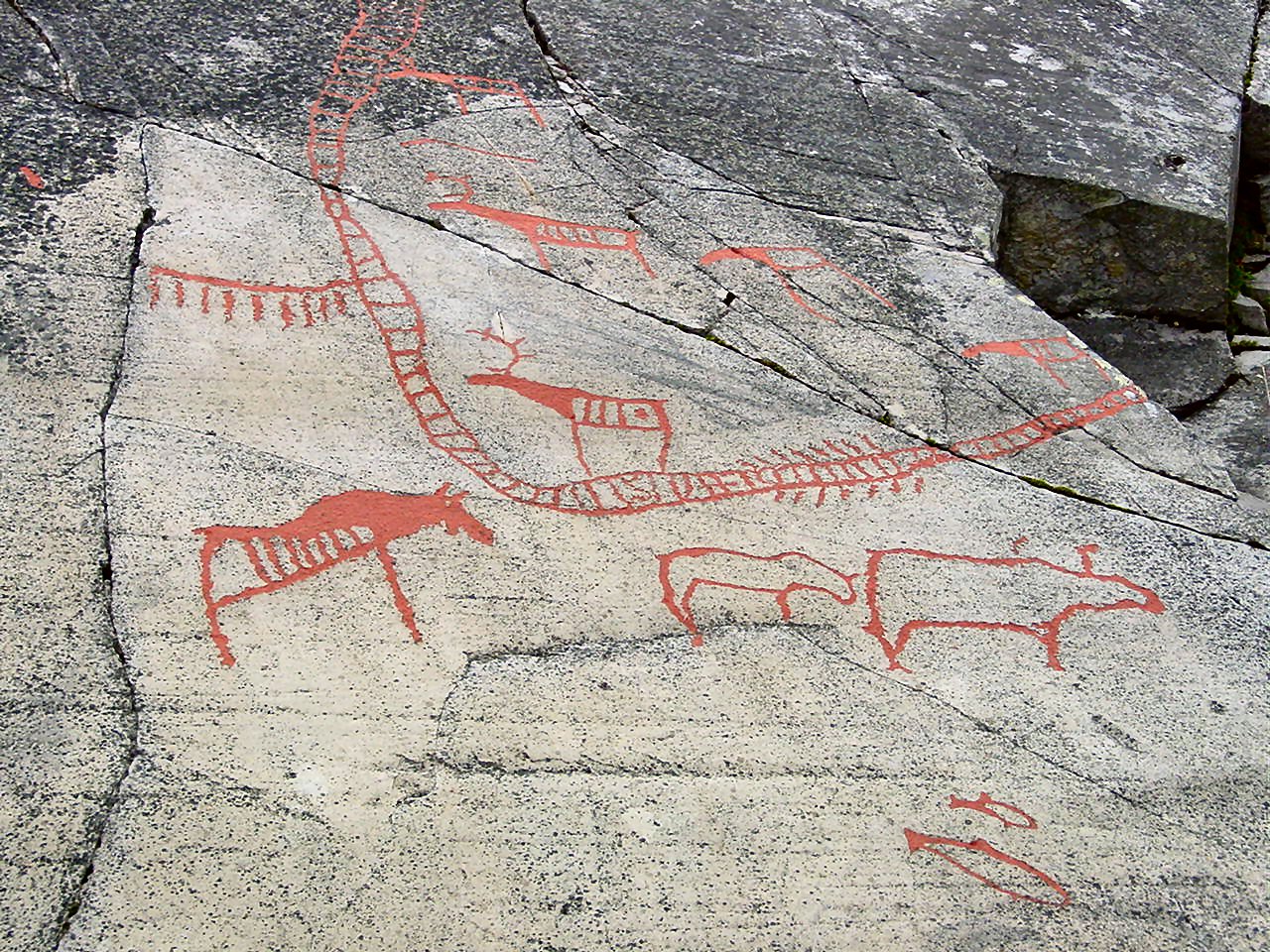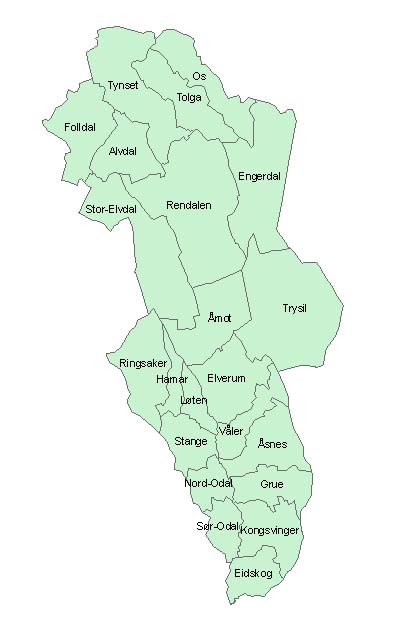|
Povel Huitfeldt
Povel Ottesen Huitfeldt (Povel Huitfeldt, Pouel Huitfeldt or Paul Huitfeldt, ca 1520 - 21 September 1592) was the first Danish-Norwegian Governor-general of Norway. Background He was born circa 1520. His parents were Otte Clausen Huitfeldt til Krumstrup, Skibelundgaard og Lørup (who died between 1517 and 1529) and Barbara Eriksdatter Blaa (who died before 1558). Christoffer Huitfeldt (ca. 1501-1559) and Peder Huitfeldt (died 1584) were his brothers. On 4 February 1554 he married Margrethe Breide, the daughter of Hans Breide and Thale Emmiksdatter. Early career Huitfeldt was the youngest of the four Huitfeldt brothers who eventually came to Norway; around 1548 he was with his brother Christoffer, the bailiff at Bergenhus Fortress in Bergen. In the summers of 1552-54 and over the winter of 1554-55, he served as the king's representative on Iceland. Accompanied by a military force, he completed the conversion of Icelanders to the Lutheran faith after the last Catholic bishop, ... [...More Info...] [...Related Items...] OR: [Wikipedia] [Google] [Baidu] |
Northern Seven Years' War
The Northern Seven Years' War (also known as the ''Nordic Seven Years' War'', the ''First Northern War'' or the ''Seven Years War in Scandinavia'') was fought between the Kingdom of Sweden and a coalition of Denmark–Norway, Lübeck, and Poland–Lithuania between 1563 and 1570. The war was motivated by the dissatisfaction of King Frederick II of Denmark with the dissolution of the Kalmar Union, and the will of King Eric XIV of Sweden to break Denmark's dominating position. The fighting continued until both armies had been exhausted, and many men died. The resulting Treaty of Stettin was a stalemate, with neither party gaining any new territory. Context The Kalmar Union of the three former Scandinavian Kingdoms of Sweden, Norway, and Denmark lasted on and off from 1397 to 1523, until it finally collapsed following the continued Swedish resentment of Danish domination.Bjørn Poulsen About Denmark > History > The Middle Ages > The Kalmar Union">Home > About Denmark > History > T ... [...More Info...] [...Related Items...] OR: [Wikipedia] [Google] [Baidu] |
Akershus
Akershus () is a traditional region and current electoral district in Norway, with Oslo as its main city and traditional capital. It is named after the Akershus Fortress in Oslo. From the middle ages to 1919, Akershus was a fief and main county that included most of Eastern Norway, and from the 17th century until 2020, Akershus also had a more narrow meaning as a (sub) county that included most of the Greater Oslo Region. After 2020 the former county of Akershus was merged into Viken along with the former counties of Østfold and Buskerud. In 2022 the Storting voted to dissolve Viken and reestablish Akershus county. Originally Akershus was one of four main fiefs in Norway and included almost all of Eastern Norway. The original Akershus became a main county (''Stiftamt'' or ''Stift'') in 1662 and was sometimes also known as ''Christiania Stift''. It included several subcounties (''Amt'' or ''Underamt''); in 1682 its most central areas, consisting of modern Oslo and Akershus, beca ... [...More Info...] [...Related Items...] OR: [Wikipedia] [Google] [Baidu] |
Stattholder
The history of Norway has been influenced to an extraordinary degree by the terrain and the climate of the region. About 10,000 BC, following the retreat inland of the great ice sheets, the earliest inhabitants migrated north into the territory which is now Norway. They traveled steadily northwards along the coastal areas, warmed by the Gulf Stream. They were hunter-gatherers whose diet included seafood and game, particularly reindeer as staple foods. Between 5,000 BC and 4,000 BC the earliest agricultural settlements appeared around the Oslofjord. Gradually, between 1500 BC and 500 BC, agricultural settlements spread to the entire south Norway, while the inhabitants of the regions north of Trøndelag continued to hunt and fish. The Neolithic period started in 4000 BC. The Migration Period caused the first chieftains to take control and hilltop forts to be constructed. From the 8th century Norwegians started expanding across the seas to the British Isles and later Iceland and ... [...More Info...] [...Related Items...] OR: [Wikipedia] [Google] [Baidu] |
Hamarhus
Hamarhus at Hamar in Hedmark, Norway was originally the fortified palace of the Bishop of the Ancient Diocese of Hamar. It is now the site of Storhamarlåven, an exhibit of Anno Museum. History The palace was east for Hamar Cathedral, and was linked to the cathedral. The palace was constructed in stages, the oldest parts of stonework was erected around 1250 or a little later, and consists of three vault cellars white wooden roofing, and a large castle tower with ground floor approx, 10 x 18 m, with basement. After the reformation, the former bishop's residence was used by the local Lensherren. Both Hamarhus and Hamar Cathedral were destroyed in 1567 by the Swedish armies during the Northern Seven Years' War. The ruins of Hamarhus were later converted into the barn and outbuilding on Storhamar farm. The barn was built in the 18th and 19th century, using the ruins of the medieval bishop's palace as parts of the walls. Storhamarlåven The Storhamar barn (''Storhamarlåven'') a ... [...More Info...] [...Related Items...] OR: [Wikipedia] [Google] [Baidu] |
Hamar
Hamar is a List of cities in Norway, town in Hamar Municipality in Innlandet Counties of Norway, county, Norway. Hamar is the administrative centre of Hamar Municipality. It is located in the Districts of Norway, traditional region of Hedmarken. The town is located on the shores of Mjøsa, Norway's largest lake. Historically, it was the principal city of the former Hedmark county which is now part of the larger Innlandet county. The town of Hamar lies in the southwestern part of the municipality, and the urban area of the town actually extends over the municipal borders into both Ringsaker and Stange municipalities. The town has a population (2021) of 28,535 and a population density of . About and 2,109 residents within the town are actually located in Ringsaker Municipality and another and 305 residents of the town are located within Stange Municipality. General information Name The municipality (originally the town) is named after the old farm ( non, Hamarr). The Middle Ag ... [...More Info...] [...Related Items...] OR: [Wikipedia] [Google] [Baidu] |
Akershus Fortress
Akershus Fortress ( no, Akershus Festning, ) or Akershus Castle ( no, Akershus slott ) is a medieval castle in the Norwegian capital Oslo that was built to protect and provide a royal residence for the city. Since the Middle Ages the fortress has been the namesake and centre of the main fief and later main county of Akershus, which was originally one of Norway's four main regions and which included most of Eastern Norway. The fortress itself was located within the Akershus main county until 1919, and also within the smaller Akershus sub county until 1842. The castle has also been used as a military base, a prison and is currently the temporary office of the Prime minister of Norway. Construction It is not known exactly when the construction of the castle started but it is believed that it took place around the late 1290s, by King Haakon V, replacing Tønsberg as one of the two most important Norwegian castles of the period (the other being Båhus). It was constructed in ... [...More Info...] [...Related Items...] OR: [Wikipedia] [Google] [Baidu] |
Hedmark
Hedmark () was a county in Norway before 1 January 2020, bordering Trøndelag to the north, Oppland to the west, Akershus to the south, and Sweden to the east. The county administration is in Hamar. Hedmark and Oppland counties were merged into Innlandet county on 1 January 2020, when Norway's former 19 counties became 10 bigger counties / regions Hedmark made up the northeastern part of Østlandet, the southeastern part of the country. It had a long border with Sweden to the east (Dalarna County and Värmland County). The largest lakes were Femunden and Mjøsa, the largest lake in Norway. Parts of Glomma, Norway's longest river, flowed through Hedmark. Geographically, Hedmark was traditionally divided into: Hedemarken (east of the lake Mjøsa), Østerdalen ("East Valley" north of the town Elverum), and Solør / Glåmdalen (south of Elverum) and Odal in the very south. Hedmark and Oppland were the only Norwegian counties with no coastline. Hedmark also hosted some event ... [...More Info...] [...Related Items...] OR: [Wikipedia] [Google] [Baidu] |
Chancellor Of Norway
The Chancellor of Norway (modern Norwegian: ''Norges rikes kansler'', "Chancellor of Norway's Realm") was the most important aide of the King of Norway during the Middle Ages, and during the Denmark-Norway, Union with Denmark. He issued laws and regulations, and was responsible for day-to-day administration of the kingdom. From 1270, the Chancellor resided in Bergen. Haakon V of Norway moved the Chancellor's residence to Oslo; on 31 August 1314 the Provost (religion), provost of St Mary's Church, Oslo, St Mary's Church became Chancellor on a permanent basis. He was given the Great Seal of the Realm (Norway), Great Seal of the Realm "for eternity." The Chancellors were originally chosen from the clergy but after 1542 the position was given to people from the nobility. The position lost its importance after Jens Bjelke's tenure, and was abolished in 1679. Chancellors of Norway Kingdom of Norway (872–1397) *Askatin, 1266–?? *Torer Håkonsson, until 1276 *Orm Merkesmann, 1276–128 ... [...More Info...] [...Related Items...] OR: [Wikipedia] [Google] [Baidu] |
Protestant Reformation
The Reformation (alternatively named the Protestant Reformation or the European Reformation) was a major movement within Western Christianity in 16th-century Europe that posed a religious and political challenge to the Catholic Church and in particular to papal authority, arising from what were perceived to be errors, abuses, and discrepancies by the Catholic Church. The Reformation was the start of Protestantism and the split of the Western Church into Protestantism and what is now the Roman Catholic Church. It is also considered to be one of the events that signified the end of the Middle Ages and the beginning of the early modern period in Europe.Davies ''Europe'' pp. 291–293 Prior to Martin Luther, there were many earlier reform movements. Although the Reformation is usually considered to have started with the publication of the '' Ninety-five Theses'' by Martin Luther in 1517, he was not excommunicated by Pope Leo X until January 1521. The Diet of Worms of May 1521 ... [...More Info...] [...Related Items...] OR: [Wikipedia] [Google] [Baidu] |




.jpg)